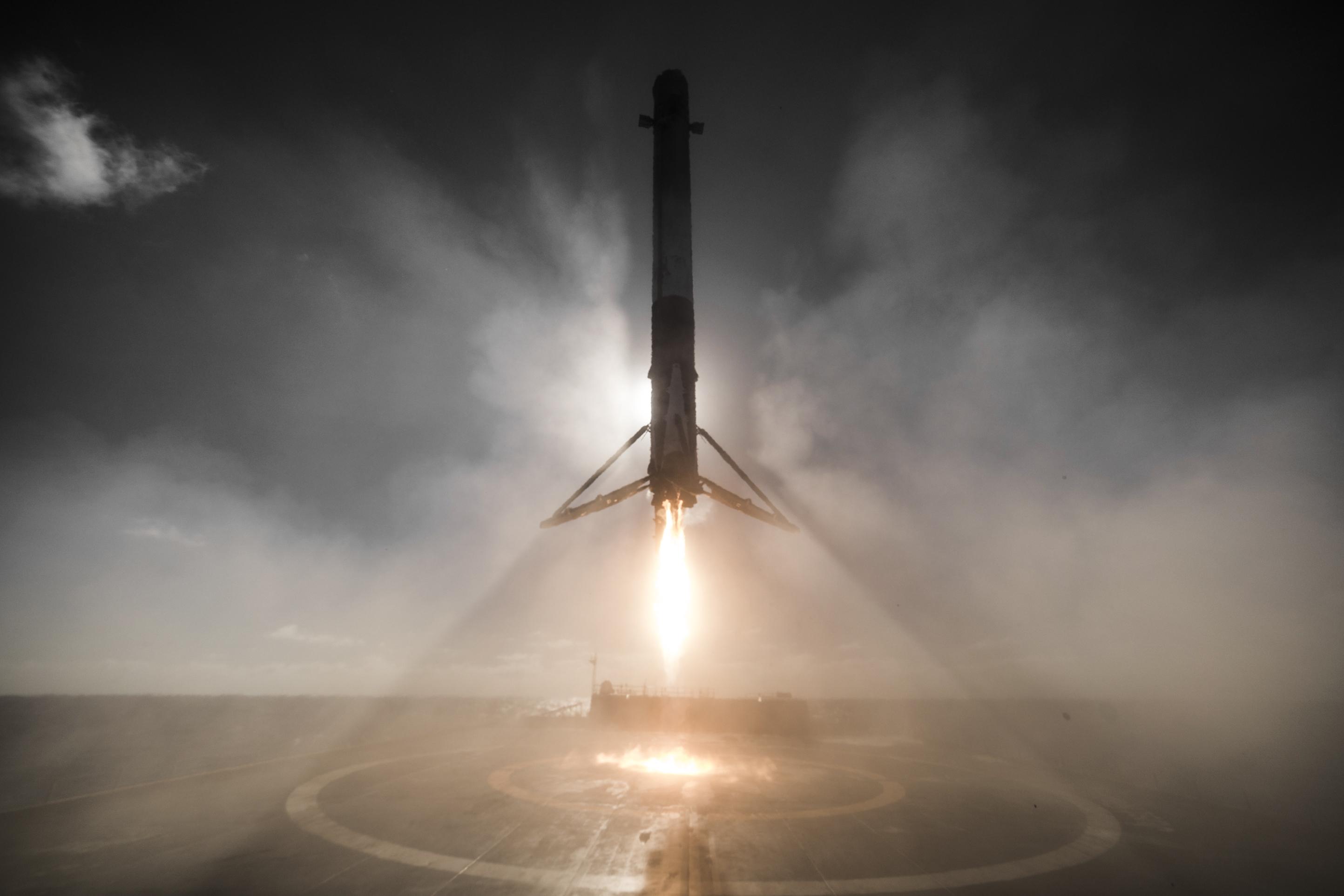Space Tourism: The Final (MRO) Frontier

As this new decade begins, 2020 is shaping up to be a groundbreaking year for the burgeoning space tourism industry. A report issued by UBS, the investment bank and financial services firm, estimates that space tourism will be a $3-billion-plus market by 2030.
To support scheduled commercial space flights, establishment of a massive new MRO infrastructure will be required. This will include line and base technicians, operations control center (OCC) support and ground service equipment (GSE) maintenance, in addition to all of the associated supply chain and logistics capabilities (e.g. spare parts, tooling, etc.)
Furthermore, unlike previous generation rocket technology, today’s boosters takeoff and land vertically, meaning they are reusable and will therefore drive billions of dollars in MRO demand over the coming decades.
Fifty Years In The Making
A half-century ago, President John F. Kennedy challenged America to step up its space program aspirations, famously stating “We choose to go to the moon in this decade and do the other things, not because they are easy, but because they are hard, because that goal will serve to organize and measure the best of our energies and skills, because that challenge is one that we are willing to accept, one we are unwilling to postpone, and one which we intend to win.”
The historic 1962 speech held at Rice Stadium in Houston, Texas was intended to persuade the American people to support the Apollo space program, the national effort to land a man on the moon.
Interestingly, the modern-day space race is no longer being led by the public sector; instead, a cadre of well-recognized private sector entrepreneurs are the vanguards of today’s space tourism industry. They include the following:
- Sir Richard Branson’s Virgin Galactic is scheduled to operate its first commercial space tourism from its Spaceport in New Mexico later this year. The publicly traded Virgin Galactic has secured more than 700 customers that have paid $250,000 for a 90-min. flight aboard its SpaceShipTwo reusable space launch system. Interestingly, the number of customers who have reserved a flight aboard SpaceShipTwo is already greater than the total number of humans who have ever, throughout history, been to space;
- Jeff Bezos’s Blue Origin is on track to launch human spaceflight in 2020 aboard its New Shepard spacecraft (aptly named after Mercury astronaut Alan Shepard, the first American to go to space);
- Elon Musk’s SpaceX Crew Dragon is expected to bring the first astronauts to the International Space Station in 2020, eliminating the requirement for the U.S. to purchase tickets aboard Russian rockets for their astronauts. (I wonder what JFK would think of the irony.)
Follow The Money
A recent client engagement took me to the space coast in central Florida. After the final space shuttle flight in 2011, the region experienced hard financial times with the loss of high paying jobs and a significant drop in property values. While reading the local newspaper during breakfast, I noted an article regarding the region’s renaissance thanks to SpaceX, Blue Origin and Boeing Space, which had elected to leverage the area’s invaluable sunk cost infrastructure, such as Kennedy Space Center and Cape Canaveral, and set-up shop locally.
Shortly thereafter, the Wall Street Journal published an article describing the significant private equity and hedge fund investments buying up property along the mothballed space coast, with plans to invest in the construction of numerous five-star hotels, restaurants and shopping malls to support the influx of space tourists—baby boomers willing to plop down $250k-plus for a brief trip to space. Investors are banking on the fact that each passenger will require an estimated two weeks of training.
The Final MRO Frontier
Until now, space travel was considered the exclusive province of an elite handful of highly trained astronauts, but commercial space tourism is no longer conceptual—the future is now.
Those forward-looking MRO suppliers seeking a first-mover advantage would be wise to begin exploring how best to capitalize on what is sure to become a multi-billion-dollar business opportunity.
I, for one, can’t wait for the chance to experience weightlessness and observe our miraculous blue planet from the outside looking in. As the legendary 1990s jam band Col. Bruce Hampton & Aquarium Rescue Unit presciently preached, “Space is the place.”
Jonathan M. Berger is Managing Director of Alton Aviation Consultancy, a global aviation and aerospace advisory firm.




